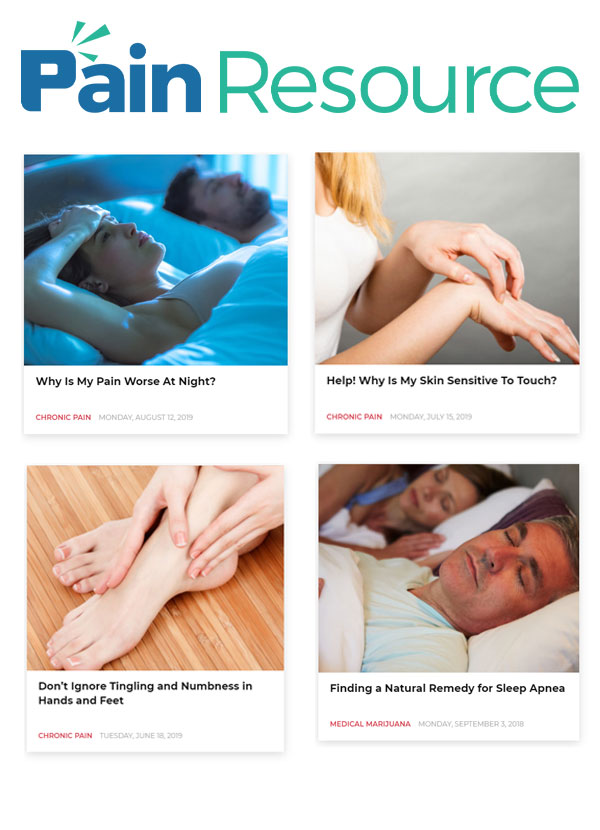
For people on meth, the signs of meth use can vary wildly from person to person. This is because addiction is a highly personal disease. How it develops depends largely on the individual, their mental health, and genetic factors. And unfortunately, this variety can make it hard to tell when someone is using meth.
Luckily, there are certain tell-tale signs of meth use. While an individual may not present with all of these symptoms, someone who displays multiple signs of meth use may be struggling with a substance use disorder. Keep reading for the five key signs that someone is using meth.
Table of Contents
1. Behavioral Signs of Meth Use


Methamphetamine (also called ice, crystal, or snow) is a central nervous system stimulant, also called an upper. This drug creates a high that can last anywhere from four to sixteen hours, depending on the amount of meth taken and the tolerance of the user. As time goes on, the user will need more and more meth to get high. This leads to addiction and the subsequent signs of meth use.
Specifically, there are many behavioral signs of methamphetamine addiction. These commonly include:
- Lying: If your loved one keeps getting caught in lies about where they were or what they were doing, this can be a significant sign of meth use. Shame is a powerful force in addiction, so individuals will often lie to cover up their substance abuse.
- Stealing: Often, desperation to get high leads individuals to steal from friends and family. If things keep going missing in your home, particularly small things of value, then someone may be stealing them to sell for drug money.
- Violent Behavior: Meth disrupts the brain’s natural chemistry. This can lead to uncharacteristic, erratic behavior, like sudden outbursts of violence and aggression.
If your loved one presents with multiple behavioral signs of meth use, this could be one way to tell if they are doing meth. However, these behavioral changes can be caused by other factors. That’s why it’s important to look at the other areas that can signal a meth addiction issue.
2. Physical Symptoms of Meth Addiction
In addition to changing how someone behaves, meth can also have profound effects on someone’s physical health. However, physical signs of meth use can vary depending on how long someone has been using meth. Some of the short-term symptoms of meth abuse include:
- Rapid heart rate
- Decreased appetite
- Shallow, fast breathing
Of course, these physical symptoms are fairly mild, so they may be hard to identify. But long-term physical signs of meth use are typically much more apparent. This is because the longer someone uses meth, the more damage it does to their body. Some of the most prominent physical effects of meth include:
- Rotting, blackened teeth and gums
- Frequent itching, to the point of causing sores and scabs
- Extreme weight loss
- Twitches and spasms
If you notice physical signs of meth addiction in conjunction with behavioral symptoms, then it could mean your loved one is using meth. But there are still other signs and symptoms to watch out for.
3. Mental Health Symptoms of Meth Use
Since meth disrupts the brain’s natural chemistry, it can lead to a slew of mental signs of meth use. Moreover, many people start using meth to cope with the symptoms of a mental health disorder, like depression. This can lead to co-occurring addiction and mental health disorders, which can complicate mental health symptoms and make addiction even harder to overcome. With that in mind, some of the common mental health signs of meth use include:
- Paranoia: People who use meth often feel a lot of paranoia and fear. This is partially because of the way that meth stimulates the body. If your loved one suddenly seems accusatory or afraid, they may be displaying signs of paranoia.
- Memory Loss: Long-term meth use can lead to issues with memory. If your loved one suddenly seems more forgetful or absent-minded, it could be a sign of meth use.
- Meth Psychosis: In some cases, meth can cause psychotic episodes where the user is unable to differentiate fantasy from reality. These symptoms can last for hours, and they are often very distressing for the user and the people around them.
With this, you now know the most common signs of meth use. However, there are still a few more areas that can indicate whether or not someone is using meth.
4. Meth Paraphernalia


Like with many drugs, meth is often accompanied by drug paraphernalia. These are items that people use to take meth, and they can vary slightly depending on how the person is using meth. But some of the most common paraphernalia to watch out for are:
- Glass pipes with a round end and a thin stem
- Metal spoons
- Broken light bulbs
- Aluminum foil in the shape of a bowl
Obviously, many of these items are everyday household objects. So it’s important to take stock of where you find them—a spoon left on a kitchen table may be nothing, but a spoon and a lighter hidden under a bed could be a warning sign of meth use.
5. Signs of Meth Withdrawals
Sometimes when a user can’t get meth right away, they may start to go through withdrawals. To an outside observer, this can lead to erratic, confusing symptoms. Watch out for these signs of meth withdrawal in your loved one:
- Severe depression
- Intensive drug cravings, which can lead to anger and irritability
- Fatigue and exhaustion
- Increased appetite
- Psychotic episodes and hallucinations
Meth withdrawals can be dangerous, so if you suspect your loved one is going through withdrawals, seek help at an accredited meth detox center.
Getting Meth Addiction Treatment in St. Cloud, Florida
If your loved one is displaying multiple signs of meth use, then it’s time to have a frank conversation with them about getting help. And that’s easiest to do when you have information on where they can get help.
At The Blackberry Center in St. Cloud, Florida, our drug detox program can help your loved one break the physical aspect of addiction. With 24/7 monitoring by medical staff, we’ll keep them comfortable and safe while their body naturally detoxes from methamphetamines. And from there, they can begin the work of tackling the mental aspect of addiction.
Our dual diagnosis program is specially designed to treat co-occurring mental health and substance use disorders. In this way, we treat both the addiction and the underlying cause, which leads to better long-term outcomes for our patients. With a combination of cognitive behavioral therapy, group therapy, and other evidence-based treatments, we can help your loved one beat meth addiction for good.
If you’d like to learn more about how we help people overcome meth addiction, call our friendly admissions specialists at 888-512-9802 or submit your questions through our confidential contact form. Seeing signs of meth use in a loved one can be scary, but we’ll help you take the next step.
The post Signs of Meth Use: 5 Steps to Spotting Meth Addiction appeared first on The Blackberry Center of Central Florida.
Source
Original Author: The Blackberry Center

